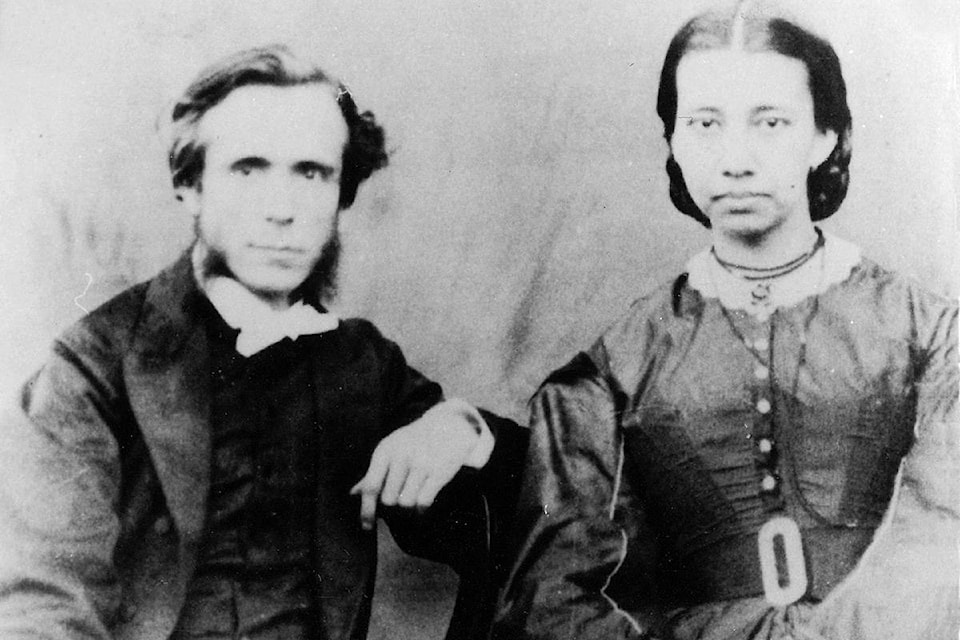By Erika Anderson
Cortes Island. Among those that have been there the name evokes a sense of serenity and beauty, an island oasis where the pace of life slows to a soothing rate. At about 25km long, there is ample space for the approximately 1000 year-round residents. In the summer the population booms, attracting visitors from near and far hoping for a relaxing escape.
Located at the entrance to Desolation Sound, there is evidence of human use of the island that goes back at least 8,000 years. There is an ancient petroglyph, whose age is unknown, of a nine foot long whale, or a possibly fish. The island was been used by Coast Salish peoples, however the populations suffered devastating losses during the smallpox epidemic in 1782, ten years before Spanish and British Explorers arrived to the area. Smallpox swept through the area again in 1862-1864, killing many of the remaining people. Today, the Klahoose First Nation live at Squirrel Cove.
While in the area in 1792, the Spanish named the island Cortes, and surrounding islands Hernando and Marina, after the Spanish Conqueror of Mexico, Hernando Cortes, and his mistress Marina. The Spanish and the English spent time together in Desolation Sound, comparing charts and mapping. Some places were renamed with British names, however Cortes Island retained its Spanish moniker.
A few years later, the Dawson Whaling Company arrived on Cortes, where they set up a whaling station and try-works, or rendering facility. Whale oil was lucrative business, so they pursed the beautiful creatures relentlessly, virtually decimating the populations in a few short years. It was a short-lived industry, resulting in long-term consequences to local cetaceans.
The first permanent European settler to the Island was Micheal Manson, after whom Manson’s Landing is named. He pre-empted land in 1886, and opened a trading post. Other settlers arrived soon after, with the 1890s being a period of rapid growth and many land pre-emptions being issued. By 1891 the Union Steamship was making weekly stops on the island delivering mail and goods, and giving passengers a way to get to and from the island. Settlements were established at Manson’s Landing, Cortes Bay, Whaletown, Seaford and Squirrel Cove, although no roads connected the settlements in the early years. These early settlers were mainly farmers and loggers. The 1898 directory listed Cortes Island as a logging camp due to the numerous logging companies and hand-loggers working there.
In 1905 Alice and David Robertson moved to Whaletown. Alice kept a diary from 1905 to 1927, which captured the pioneer experience and the details of her day to day life. Frequently women’s stories are underrepresented in history. We know little of their thoughts and struggles, or the details of the overwhelming workload expected of women in working class families. In Alice’s case we know that, with her husband working away for long stretches of time, she was responsible for everything from tending to their large flock of chickens, keeping predators at bay, hunting, baking bread, churning butter, maintaining the substantial garden that fed her family, and raising four children. She even references falling some alder trees. Alice’s father had been a Baptist medical missionary, and as a result of this family background in medicine Alice was often called upon to tend to the injured or assist with the delivery of babies. This journal is a fascinating read and provides an invaluable narrative of early settlement on Cortes Island.
This summer you can circumnavigate Cortes Island as part of the Museum at Campbell River’s historic boat tours. On these trips a Museum guide is on board to share the history of the region while you take in the breathtaking scenery. For more information about Alice Robertson, a copy of her diaries are in the Archives at the Museum at Campbell River. The Archives Research Centre is open Tuesday to Friday from 1-4pm. For more information about the historic boat tours, the Archives, or other happenings at the Museum, go to www.crmuseum.ca.
